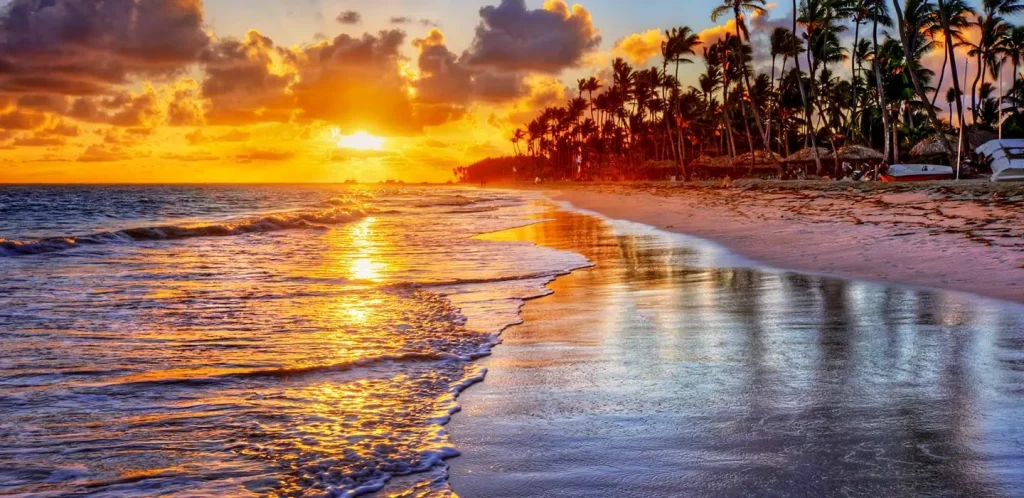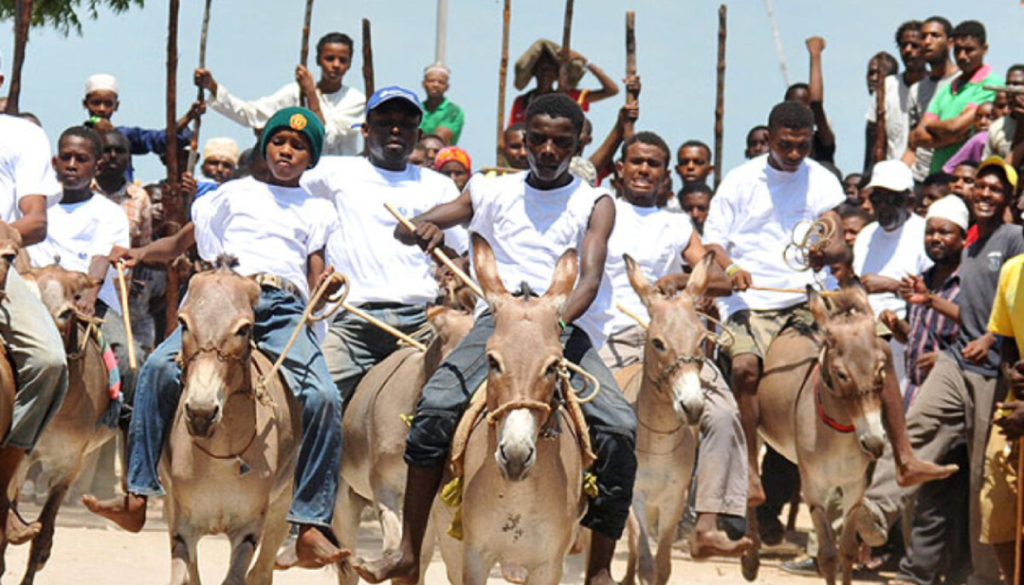Lamu Island, Kenya – History, Culture & Travel Guide.
Lamu Old Town in Kenya closely resembles Stone Town in Zanzibar, Tanzania, as both are the best-preserved Swahili settlements in East Africa. Built with coral stone and adorned with intricately carved wooden doors, narrow winding streets, and stunning courtyards, Lamu represents centuries of Swahili culture shaped by the Indian Ocean trade. The blend of African, Arabian, Indian, and European influences makes it a living museum of coastal heritage.
A Timeless Destination.
Lamu Island is one of Africa’s most distinctive beach and cultural destinations. Its history dates back to the 14th century, a time when life was simpler, and stepping foot here feels like stepping back in time. Recognized by UNESCO in 2001 as a World Heritage Site, Lamu Old Town is considered the oldest continuously inhabited Swahili town south of the Sahara.
The island is part of the Lamu Archipelago, which also includes the larger islands of Pate and Manda. With the sea as its lifeline, most transport between islands is by boat. This separation from the mainland has helped preserve its charm and authenticity.

Natural Wonders.
Beyond its rich history, Lamu offers remarkable natural treasures. The Kiunga Marine National Reserve protects coral reefs, mangrove forests, and stretches of soft sandy beaches. These ecosystems are crucial for migratory birds and sea turtles, while beneath the waters, divers and snorkelers encounter everything from colorful reef fish to giant game fish that thrill visiting anglers.
For land-based adventures, travelers can visit the Dodori National Reserve near Kiwayu, home to rare wildlife and pristine wilderness.
Living History.
Lamu’s streets are lined with centuries-old architecture, reflecting influences from Arabia, India, Persia, and Europe. At its heart stands the Lamu Fort, built in 1812, a testament to the battles fought to protect the trade routes. Scattered ruins across the archipelago further tell stories of shifting power and cultural exchange.
Walking through the Old Town, you’ll encounter traditional Swahili houses, mosques, and bustling markets, where life continues much as it has for hundreds of years.

Travel Tips for Lamu.
- Respect Local Culture: Lamu is predominantly Muslim and conservative, particularly in Shela and Old Town. Women are encouraged to wear modest clothing such as loose dresses, maxi skirts, or long pants with tops that cover shoulders.
- Alcohol: Not widely available; it is served only at select properties like Peponi Hotel or The Majlis.
- Transport: Cars are not permitted. Instead, donkeys and handcarts are the main mode of transport, adding to the island’s charm and tranquility.
- Dhows: Traditional sailing boats are essential for getting around—whether arriving from the airport, exploring nearby islands, or enjoying a magical sunset cruise. Finding a captain is never an issue; they’ll always find you first.
Why Visit Lamu?
Lamu is more than just a destination—it’s an experience of slowing down, connecting with history, and immersing yourself in authentic Swahili culture. Between its serene beaches, historic architecture, warm hospitality, and peaceful rhythm of life, it offers a unique balance of heritage and relaxation that few places in the world can match.
Join Mateys Wild Tours for a once-in-a-lifetime escape to Kenya’s hidden jewel.














